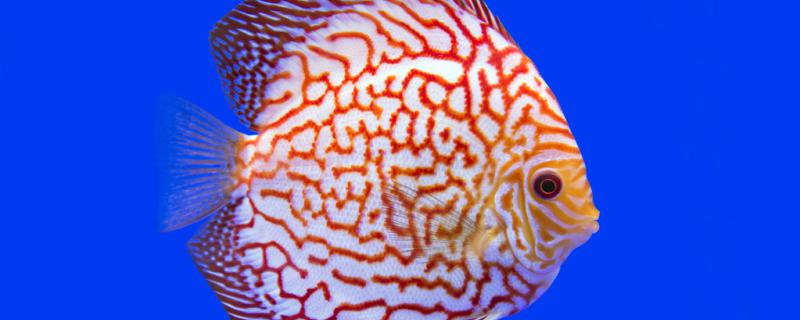
of colorful angelfish. Colorful angelfish likes weak acidic water, and breeders need to control the PH value between 6.2 and 6.8. And they like old water, but also require clean water quality, so if breeders want to raise colorful angelfish, it is best to clean up food residues and feces in the water every day, and maintain the frequency of changing water every 3-4 days. Colorful angelfish should not change too much water, because it is easy to stimulate them if the amount of water is too large, so the amount of water can be controlled at one third each time. Every time the water is changed, it should be injected slowly, not directly into the fish tank, so as to avoid the impact of water on the fish body, causing them to produce stress reactions.
that the colorful angelfish is a tropical fish, which needs a higher temperature, and the breeder needs to control the water temperature at 28-30 C. Colorful angelfish have strict requirements on temperature, and too high or too low water temperature will affect them. If the water temperature is higher than 32 C, their growth rate will be accelerated, but their immunity will be reduced, and once the surrounding environment changes, they will die. If the temperature is higher than 35 C, it will directly endanger their lives. If the water temperature is below 26 C, their activity and appetite will be reduced, and long-term low temperature will affect their growth and development. If the temperature is below 20 C, they will have a high probability of death.